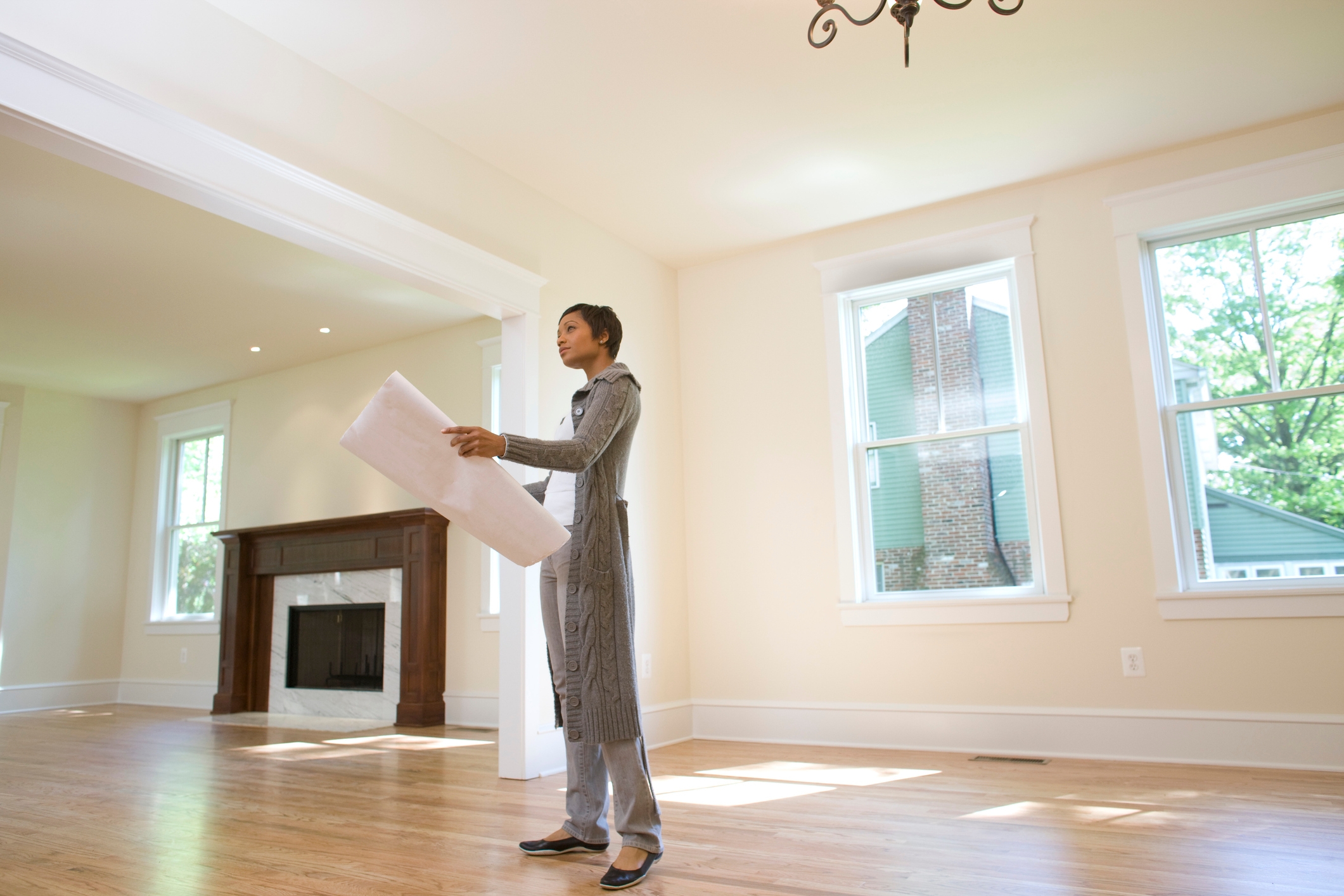Feature article
6 ways to get buyers excited about a home in need of renovation
How can agents and sellers help buyers see the potential in a house which, with a few adjustments, could be beautiful?

Our 2024 State of the Nation report showed that almost 40% of potential buyers are now open to making gradual improvements themselves over the years for the right house.This is the case with younger buyers especially.
So how can agents and sellers help buyers see the potential in a house which, with a few adjustments, could be beautiful?
Use virtual reality to help show a home’s possibilities
Tech-savvy agents can use virtual reality to help show buyers what can be changed at a property to make it better. It can be used to show how they could change a room, for instance.
Tommy’s agent, Tim Clark, who sells a lot of apartments under development in Wellington as well as existing homes, uses tech from Diakrit to help buyers see the possibilities. With the Diakrit suite of products, you can use Photo Styling to change the floors and benchtops in a room and, with another 2D tool, you can move walls around a home if you want to, he says.
Tim sees good engagement from buyers who can sit on the couch and play around with this kind of tech, trying out what they might do at the home.
In the same way, buyers looking at a do-up might bring their builder, designer or architect with them, to give them similar ideas. Agents should welcome this and help facilitate these visits which help buyers see how they might live in the home in coming years.
Get one big job out the way
Jen Jones from Nine Yards Consulting helps people with their renovation projects. She recommends that, if the vendor can’t do up the interior of their home prior to selling, that they address at least one big ticket item at the property before putting it on the market, so that buyers don’t feel like everywhere they turn in the house represents dollar signs.
“Things like a new roof, a re-pile or a rewire are all large costs and could also impact the ability to get insurance prior to settlement. It might also be an acid wash and repaint might be enough,” she says.
Styling is even more important in a do-up
Home staging is the obvious tool to use for accentuating the positive when selling a tired home, she adds. Styling will help spaces appear spacious and yet cosy with the help of decor and plants, says Jen.
Good home staging highlights the functionality of each space, so a desk and maybe some shelves in a nook suggests a study, for instance, she says. A stager will also identify key outdoor entertainment areas that will get buyers excited about living in a home even when the interiors are a bit uninspiring.
Think about the size of furniture
Stage My Home’s Jilly Greene talks about the value a home stager can bring to the most humble home.
“What you want to do is identify spots of interest where you might spend time. Various spaces from kitchen to dining room should have their own identity,” says Jilly.
She put a single bed with no headboard and a small desk into a room being used as a study by the vendor. Adding lots of luxurious bedding, it transformed the room into a perfect child’s bedroom for buyers.
In an area where there’s just dead space and no light, use mirrors to open up a space, she suggests. The Auckland home stager uses a mirror which has shutters on either side so it looks like a window.
For Jilly, home staging is about making it feel real too.
“If you put up lots of art, that’s going to make people think, ‘We don’t have this much art, we’ll never make it look this good’, she says. Mirrors can be less challenging - everyone’s got a mirror.
Utilise internal team resources
How much advice you can give to the seller and to buyers will depend on how well you can see the potential in a home yourself, as the agent.
If this isn’t a natural area of strength for you; see if there’s someone in your office who may be able to give some advice.
Ray White Grey Lynn agent, Elaine Ferguson is on her 18th home renovation, and has a background in marketing and design, so she’s very practised at talking to buyers about what they can do to improve a home. When she’s marketing a property that needs some TLC or could benefit from a clever reconfiguration, she’ll always have a few ideas percolating on what she would do if she owned the house.
Some agents will be keen to share lots of renovation ideas with buyers to show potential - but she doesn’t recommend that. She’ll get their permission to give her ideas first.
“Sometimes, I’ll say that I’d love to get my hands on this, but I’ll always ask if they're interested in what I think,” says Elaine.
When she looks at a home in need of some love, she’ll find a solution to its shortcomings for buyers. From the moment they come into the property, she’ll be working from their reaction to the house to come up with ideas.
The Ray White agent tends to stay away from suggesting huge costly renovation ideas. At a home she was marketing recently, the pantry cupboard was blocking the view out from the kitchen and it could be taken out quite inexpensively, says Elaine. And she had worked out where the new owner could put an alternative pantry.
Certain era homes are more easily done up than others
Some styles of homes lend themselves easily to being done up.
Harcourts Twentythree agent, Lisa Westerby finds that villas, bungalows and 1960s homes respond particularly well to renovation. Brick and tile homes also do too, she says. And these get a lot of buyer interest.She recently sold a former state home in Mt Roskill which had had two owners beautify it without costly reconstruction. The first one did up the kitchen and bathroom and changed the flooring, the second invested in a lot of decking and landscaping around the property which really improved its appeal.
Elaine says that the state houses from the 1960s and 1970s respond well to a makeover. There are plenty of these homes in suburbs like Mt Roskill and Mt Albert in Auckland.
Author
Other articles you might like




